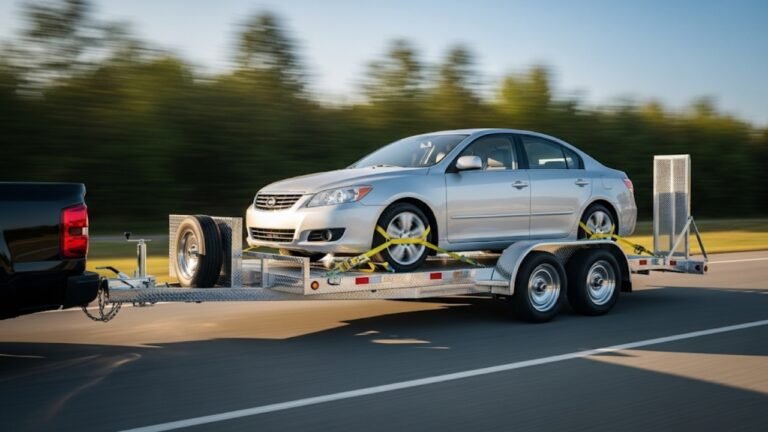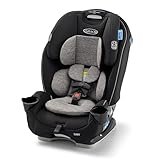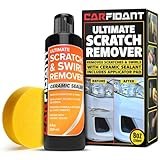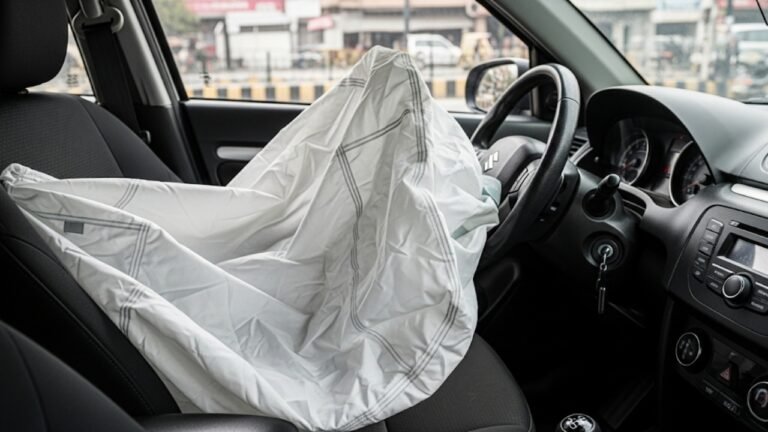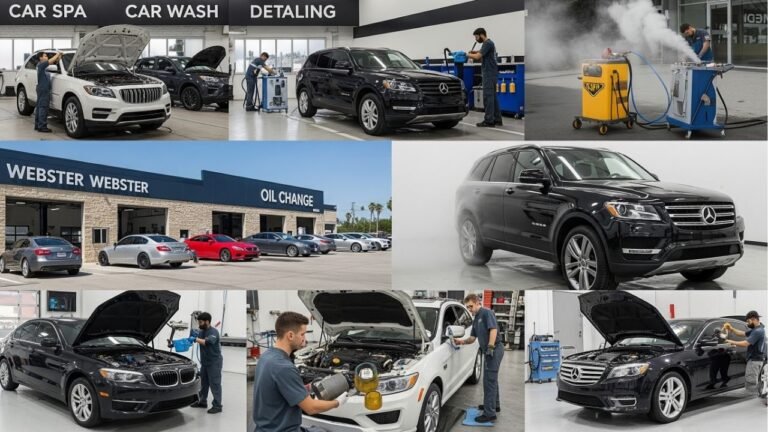10 Best Tips to Check Tire Health Before Winter Trips

Are you worried about how your tires will handle the first icy morning or sudden snowfall? That nervous feeling when your car slides just a bit too much is something no driver wants to experience. Getting your vehicle ready for winter is crucial, and it all starts where the rubber meets the road. Your tires are your only connection to the pavement, so their health isn’t something you can afford to ignore.
Still unsure which 10 Best Tips to Check Tire Health Before Winter Trips suits your daily use? Start by listing must-have features, then match them to budget and real scenarios (work, travel, home). Check build quality, warranty, and any day-one accessories. Finally compare trade-offs like size, noise, battery life or upkeep so you buy with confidence. Use the table below to scan pros and cons at a glance and shortlist the models that truly make sense for you.
| Product Image | Product Name | Best For | Prices |
|---|---|---|---|
 |
Canada Hunts East | Best For Placeholder | Prices |
Canada Hunts East

If you’re a driver who wants a simple, all-in-one tool to check your tire pressure and tread depth, the Canada Hunts East gauge is the perfect pick for you.
Its dual-head design is the real star, featuring a standard chuck for car tires and a special, longer chuck that makes reaching the inner valve stems on truck or RV tires a breeze. This means you can check the pressure on all your vehicles with one compact tool, saving you from fumbling with multiple gauges.
Built from solid brass with a rubberized grip, this gauge feels durable enough to live in your glove box for years. The large, easy-to-read dial with a glow-in-the-dark face is a fantastic bonus for low-light checks, making it a reliable and well-thought-out choice for any driver.
Pros:
- Dual-head design works for both cars and large vehicles
- Solid brass construction ensures long-term durability
- Large, glow-in-the-dark dial is easy to read in any light
- Comfortable, non-slip rubber grip
- Comes with a protective storage case
Cons:
- Slightly bulkier than some basic pencil-style gauges
- The glow feature on the dial can be faint
- Accuracy can drift over many years without calibration
Buyer’s Guide: 3 Key Factors to Consider
Before you invest in any new tools or tires for the winter, it’s helpful to know what to prioritize. Your safety and peace of mind are paramount, so focus on these three key areas.
Durability & Reliability
Your winter tires and tools need to withstand harsh conditions. Look for products with strong warranties and positive long-term reviews. For tires, check the UTQG (Uniform Tire Quality Grade) treadwear rating; a higher number indicates a longer-lasting tire. Investing in durable gear means safety you can count on season after season.
Ease of Use
The best safety tools are the ones you’ll actually use. If a tire tread depth gauge is too complicated, you might skip the check. If air compressors are cumbersome, you might ignore low pressure. Opt for intuitive, well-designed tools that make regular checks quick and simple, ensuring you stay on top of your tire’s health effortlessly.
Price vs. Performance
While budget is always a consideration, never compromise on safety-critical items. Premium winter tires often offer significantly better ice and snow traction than budget options. For tools, a mid-range, accurate tire pressure gauge is a better value than a cheap, unreliable one. Think of it as an investment in your safety, not just a purchase.
Frequently Asked Questions
Q1: Can’t I just use my all-season tires if they have good tread?
A1: Even with good tread, all-season tires are not designed for temperatures below 45°F (7°C). The rubber compound hardens, reducing grip. Dedicated winter tires use a softer, more flexible rubber that provides superior traction on cold, icy, and snowy roads.
Q2: How often should I check my tire pressure in the winter?
A2: You should check your tire pressure at least once a month, and always before a long trip. Tire pressure drops about 1 PSI for every 10°F decrease in temperature, making it a more frequent concern in the colder months.
Q3: What is the “penny test” and is it reliable?
A3: The penny test is a simple way to check tread depth. Insert a penny into the tread with Lincoln’s head upside down. If you can see the top of his head, your tread is too low. While useful, it’s a bare minimum check; a dedicated tread depth gauge is more accurate.
Q4: Is tire rotation really that important for winter readiness?
A4: Yes, absolutely. Regular tire rotations (every 5,000-8,000 miles) promote even tread wear. Uneven tires can lead to poor handling and reduced traction on slippery winter roads, compromising your safety.
Q5: Should I consider winter tires if I have a 4WD or AWD vehicle?
A5: Yes. While 4WD/AWD helps your vehicle *go*, it does not help it *stop* or *turn* better on ice and snow. Winter tires improve braking and cornering for all vehicles, making them a critical safety upgrade even for 4WD and AWD owners.
Final Verdict: Which One Should You Buy?
Ultimately, the best choice depends on your specific winter driving needs. For most drivers facing severe snow and ice, a set of dedicated studless winter tires is the single most impactful investment for safety. If you experience milder, cold-and-wet winters, premium all-weather tires offer a strong year-round compromise. Assess your local climate and driving habits to choose the option that gives you the utmost confidence on the road.

